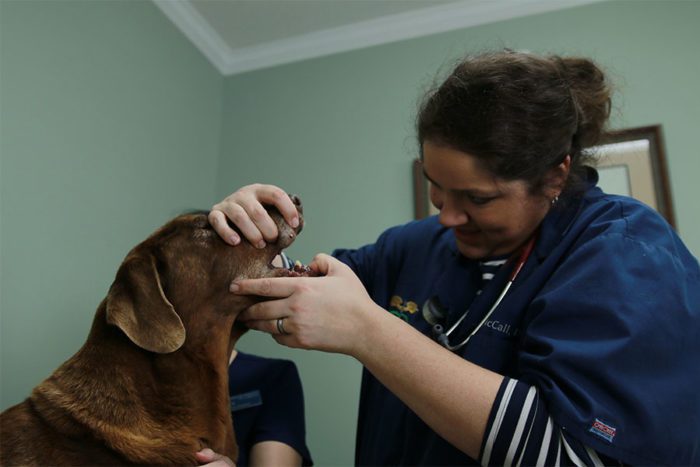How Your Veterinarian In Cordele GA Ensures Safety During Pet Surgery And Anesthesia
When your beloved pet requires surgery or a medical procedure that involves anesthesia, it is natural to have concerns about their safety and well-being. Fortunately, veterinarians are highly trained professionals who prioritize the safety and comfort of your furry family member during these critical moments. Ensure you work closely with your veterinarian and staying informed about the path to a healthy pet recovery. This post introduces you to the meticulous steps and precautions your veterinarian in Cordele GA takes to ensure safety during pet surgery and anesthesia.
Comprehensive Pre-Surgical Evaluation
Our veterinarians in the operation theatres conduct a comprehensive pre-surgical evaluation of your pet before any surgical procedure. This evaluation includes a thorough physical examination, blood tests, and sometimes additional diagnostic imaging, such as X-rays or ultrasound. These steps are crucial to assess the pet’s overall health, identify any underlying conditions, and determine the most appropriate anesthetic protocol. The vest will discuss the procedure with you and point out the risks and benefits, and answer any questions or concerns you may have. This transparent communication helps ensure that you are fully informed and comfortable with the surgical plan.
Tailored Anesthetic Plans
Veterinarians understand that each pet is unique, and as such, they create custom anesthetic plans. We design plans that take into account factors like age, breed, medical history, and the specific procedure being performed. This personalized approach minimizes risks and maximizes safety during surgical procedures at a veterinary hospital. The choice of anesthetic agents, monitoring equipment, and monitoring techniques is carefully considered. In some cases, local anesthesia or regional blocks may be used to minimize the amount of general anesthesia required, reducing potential risks.
Advanced Monitoring During Surgery
During the surgery, your local vets and the surgical team utilize advanced monitoring equipment to continuously assess your pet’s vital signs. This includes monitoring heart rate, blood pressure, oxygen saturation, and carbon dioxide levels. They address any deviations from the norm immediately to ensure your pet is safe throughout the procedure. The surgical team also includes a trained veterinary technician or nurse who assists the veterinarian and focuses solely on monitoring the vital signs. This teamwork allows the veterinarian to concentrate on the surgery.
Pain Management and Postoperative Care
We always prioritize pet comfort and pain management during and after surgery. Our veterinarians use a combination of medications and techniques to minimize postoperative pain. These may include pain-relieving drugs, local anesthesia, and even alternative therapies like laser therapy or acupuncture. After the surgery, your pet will be carefully monitored during the recovery period. Veterinarians and their teams are trained to recognize and respond to any signs of distress or complications promptly. They will also provide you with clear postoperative care instructions to follow at home that include information on medications, wound care, and signs to watch for post-operative.
Emergency Preparedness
Our veterinary surgical rooms are well-prepared for any unexpected situations that may arise during surgery. We have the necessary equipment and training to address emergencies such as cardiac arrest, allergic reactions, or sudden drops in blood pressure. While rare, these contingencies are part of a veterinarian’s training and are taken seriously to ensure your pet’s safety.



